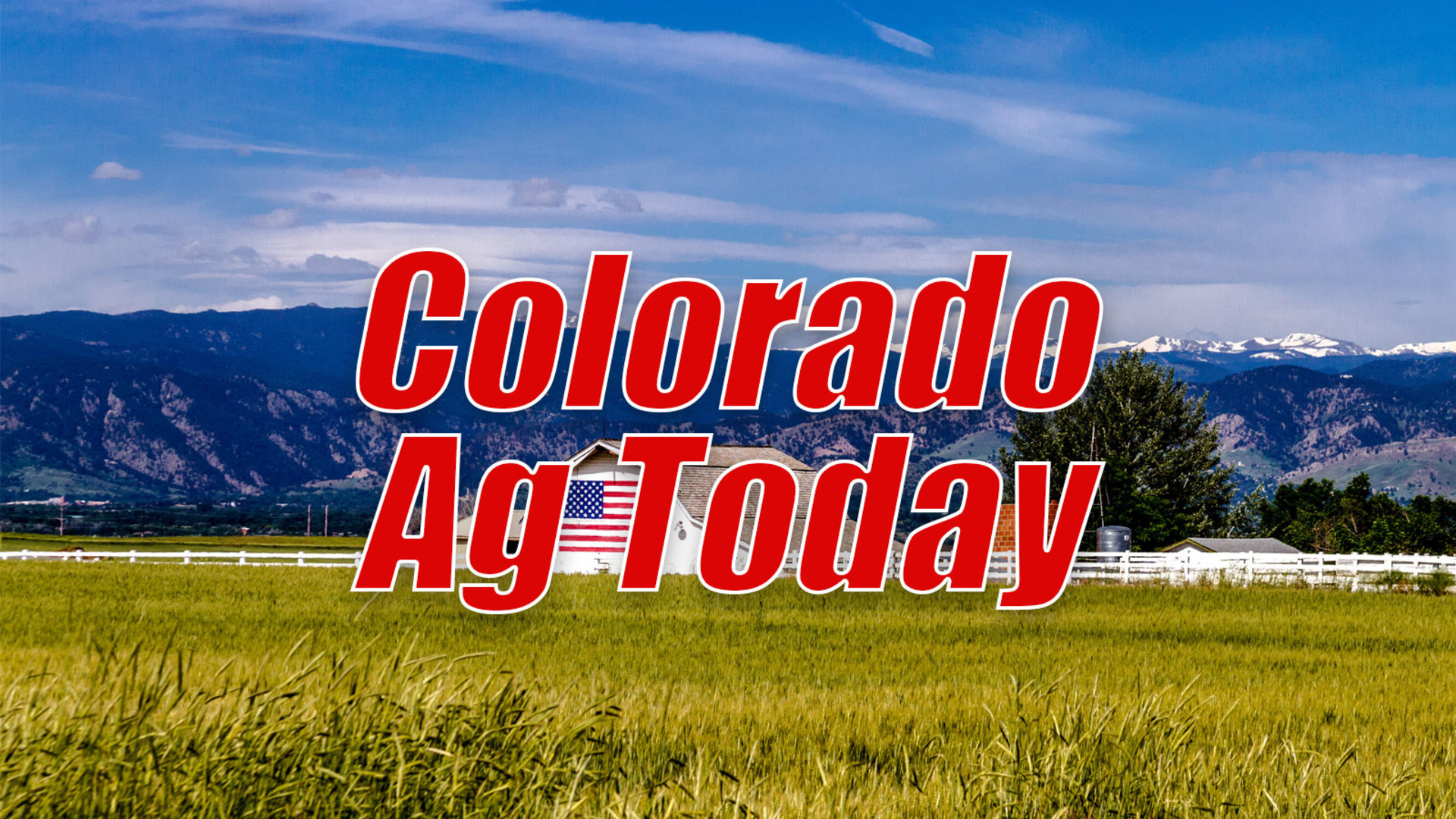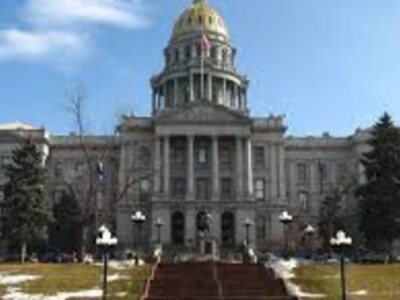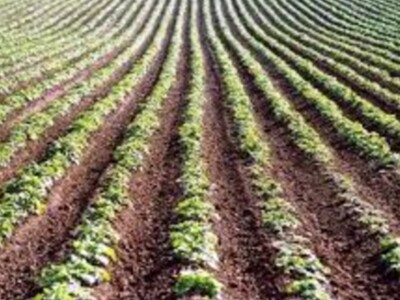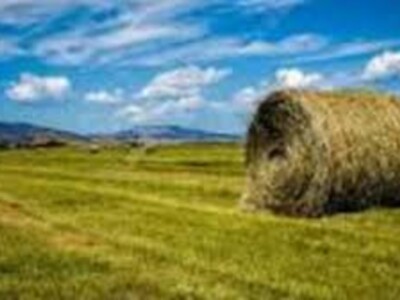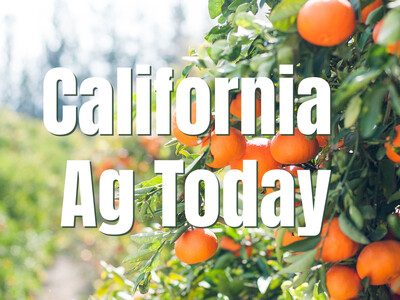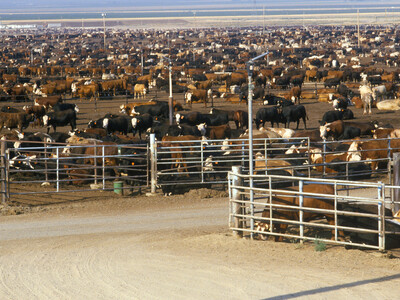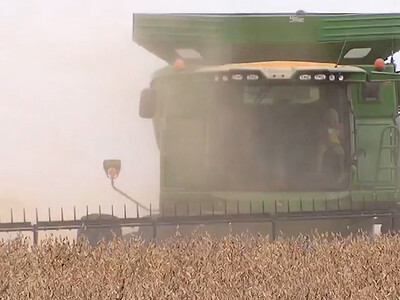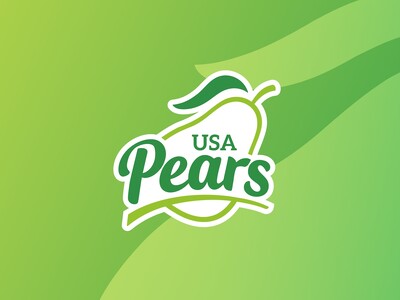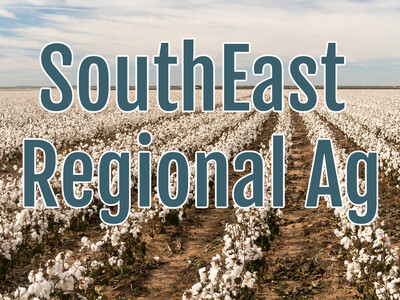Communicating with Cattle
Scientists have been studying how to better understand animals for many years.Now new studies may provide more data to support the idea that ranchers can indeed communicate with their herd for the betterment of the animal as well as humans.
Researchers at the University of Sydney recorded hundreds of vocalizations from a herd of Holstein-Freisian cattle. They analyzed the vocalizations matching them with specific situations that caused the animals to make the sounds. Their study published in the journal Nature found that cattle make common sounds specific to events. That could lead to better predicting what the animals are communicating. The researchers were able to predict whether the sound was positive or negative better than half the time.
This acoustic analysis could allow ranchers to better respond to an animal that is hungry or about to give birth or in some kind of stress.
More than 20 years ago, Colorado State University conducted studies of cattle vocalizations in commercial processing plants. Under the guidance of famed animal behavior scientist Dr. Temple Grandin, more than 5800 cattle were observed during handling and stunning in 48 commercial plants in the U.S. , Canada, and Australia. The study found that cattle vocalizations were associated with observable aversive events such as prodding with electric prods, slipping in the stunning box, missed stuns, sharp edges on equipment or excessive pressure from a restraint device. The same study found a decrease in vocalization when those adverse factors were reduced.


